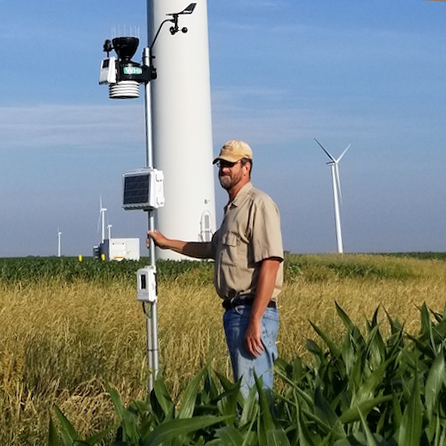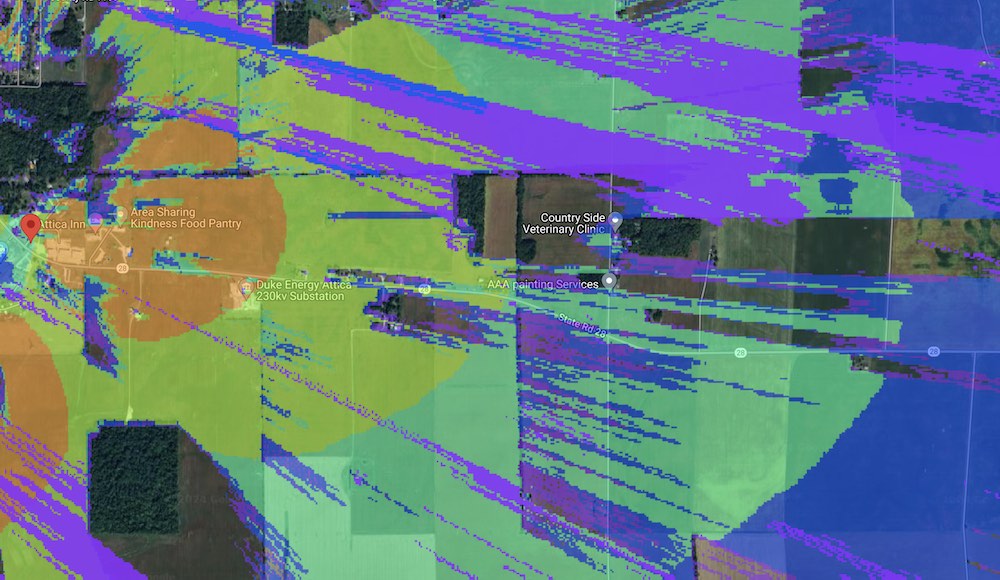
Bringing next generation broadband connectivity to the WHIN region
Broadband Alliance
The Internet of Things needs two kinds of connectivity, high-speed broadband for people and low-power narrow band to connect sensors to the internet.
Even as the region is enjoying more high-speed internet through traditional channels, the technology constantly changes. Wireless technology in particular is seeing enormous innovation. Wireless networks cover entire areas, which is especially important on farms. Wireless users are always less tethered and the technology is beginning to include roaming. There is also no one-size-fits-all solution for rural areas with their low user density and difficult terrain. Advanced wireless technology will always have a place in rural broadband.
Therefore, WHIN addresses broadband through its Living Lab model, deploying examples of the latest in smart, advanced wireless solutions in each county for real use through a neutral host network model and publishing use cases.
WHIN has also deployed LoRaWAN gateways throughout the region to serve sensor-based technology.
WHIN’s Broadband Deployments
With the help of a $1.7M grant from the U.S. Department of Commerce/Economic Development Administration (EDA) and its own Living Lab funds, WHIN is deploying advanced wireless gear on 2-3 vertical assets in each WHIN county to form a regional neutral host network. The goal is to provide at least 100/20 Mbps service in areas that are unserved and underserved.
WHIN’s current low-density 100/20 Mbps solution is Telrad LTE CBRS.
WHIN’s fiber-comparable solution for higher-density small towns is from Tarana which is capable of 400/400 Mbps service.
WHIN’s Neutral Host Network Model
The smart, cloud-based networks that WHIN deploys allow many virtual networks to be created from a single deployment. This expands the business opportunities of tower investments and can help the business model for rural broadband. Indeed, the historically challenging business model in low density areas is what perpetuates the digital divide.
The most cost effective way to take advantage of smart networks is through a neutral host model such as WHIN’s. In a neutral host network, the owner does not have to be a service provider. Instead, the network owner assumes the capital and maintenance cost of tower deployments and markets tower services to multiple Virtual Network Operators (VNOs) to solicit and serve customers. VNOs own the customers and are responsible for installing customer premise equipment (CPE), billing, and customer service. A VNO can also serve a company that needs a VPN for a service such as security. Or it can serve a governmental entity that needs network services for government functions such as public safety and utilities. The possibilities for virtual networks are just beginning to be realized.
WHIN's LoRaWAN Network
As the WHIN region uses more sensor-based technology, it needs connectivity that is less expensive and more available than the cellular technology that many sensor-based solutions historically use. Sensors also need low power solutions that don’t drain their batteries and they do not typically need high bandwidth to communicate their data to the internet.
An emerging solution is LoRaWAN. WHIN has been deploying LoRaWAN gateways throughout the region since 2021 and it includes a LoRaWAN gateway with each broadband deployment.
WHIN’s regional LoRaWAN network is already one of the largest contiguous such networks in the country, serving not only regional users but also tech companies that are looking for a network to bring their products to market.
WHIN’s LoRaWAN network can support individual users as well as the development of solutions for specific needs.
Customers can purchase services from WHIN’s LoRaWAN network from Senet.

“WHIN is innovative and progressive people working together for the betterment of our region.”
